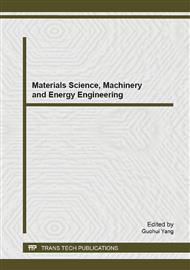p.174
p.178
p.182
p.187
p.192
p.198
p.202
p.207
p.212
The Oxidation Mechanism of FeCrAl Alloy Added with Rare Earth Y from First-Principle Study
Abstract:
First-principles calculations have been carried out to investigate the incipient oxidation mechanism of FeCrAl alloy. It is found that Al,Y,Cr atoms energetically prefer surface sites, and the driving force of Y segregation to surface is strongest. The surface segregation of Y, Al and Cr will suppress the outward diffusion of Fe, form the tight coherent films of Al2O3,Cr2O3 and RE oxides which can restrain oxygen inward diffusion, as a result, leading to the decrease of the growth of oxide films. The O adsorption process at Fe surface are found to be spontaneous, and our calculations predict Al, Cr, Y segregation at Fe surface is beneficial for decreasing the oxidation rate of FeCrAl alloy. The interaction between O and Fe, Cr, Al, Y atoms exists both ionic and covalent binding characteristics. Also Al, Y alloying increases ionic and covalent binding between Al, Y and O, which speed selective oxidation of Al and Y, and hence improves the oxidation performance of FeCrAl containing Y alloy.
Info:
Periodical:
Pages:
192-197
Citation:
Online since:
December 2013
Authors:
Price:
Сopyright:
© 2014 Trans Tech Publications Ltd. All Rights Reserved
Share:
Citation:


